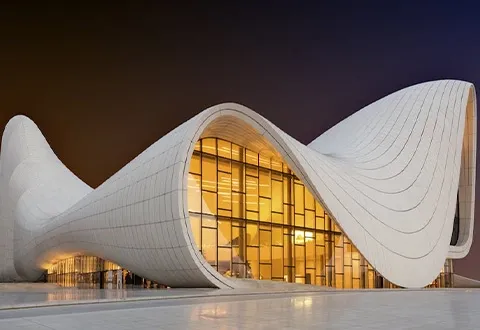
- Mobile Phone
- +8613931874955
- sales@cntcmetal.com
woven wire mesh
Woven Wire Mesh A Versatile Solution for Many Applications
Woven wire mesh is an incredibly versatile material that has found its way into a myriad of industries and applications. Comprising interlaced wires, this product is celebrated for its durability, flexibility, and adaptability. It serves a variety of functions ranging from filtration and containment to decorative elements in architecture. Understanding the characteristics and applications of woven wire mesh can provide valuable insights into its numerous benefits.
Composition and Characteristics
Woven wire mesh is typically made from various metals, including stainless steel, aluminum, copper, and carbon steel. The choice of material significantly influences the mesh's properties and its suitability for specific applications. For instance, stainless steel woven mesh is renowned for its resistance to rust and corrosion, making it ideal for outdoor use and in environments where moisture is prevalent. In contrast, aluminum woven mesh is lightweight and easily molded, making it suitable for applications where weight is a concern.
The wire thickness, opening size, and weave pattern also affect the mesh's performance. A tighter weave with finer openings can provide filtration capabilities, while a looser weave allows for greater airflow and is often used in protective screens and barriers. This variability makes woven wire mesh a customized solution for a variety of needs.
Applications
woven wire mesh

One of the most common applications of woven wire mesh is in filtration systems. Industries such as water treatment, chemical processing, and food production rely on woven wire mesh to filter out impurities and maintain product quality. The mesh can be tailored to specific filtration requirements, ensuring that only the desired materials pass through.
In construction and architecture, woven wire mesh serves both functional and aesthetic purposes. It is frequently used as reinforcement in concrete and masonry structures, providing additional strength and stability. Its decorative potential is also increasingly recognized, with designers incorporating woven wire mesh into facades, screens, and railings, adding a modern touch to buildings while allowing for light and air penetration.
Woven wire mesh is essential in agricultural and horticultural settings as well. It is used in the manufacturing of animal enclosures, fencing, and cages, ensuring the safety and mobility of livestock while also providing visibility and ventilation. Such applications underscore the mesh's role in enhancing food production and animal husbandry.
In the industrial sector, woven wire mesh is employed in the manufacturing of industrial equipment and tools, such as sieves and baskets. It ensures durability and efficiency in processes like sorting, washing, and transportation of materials. Its ability to withstand extreme conditions further highlights its utility in manufacturing environments.
Conclusion
Woven wire mesh is a multifaceted solution that addresses a wide array of needs across industries. Its composition, adaptability, and range of applications make it an invaluable material for modern engineering, architecture, agriculture, and manufacturing. As industries continue to evolve and demand more efficient and versatile materials, woven wire mesh will undoubtedly remain a cornerstone in various applications. Understanding its benefits can help businesses and individuals make informed decisions regarding its use, whether for practical purposes or creative projects. The future of woven wire mesh is bright, promising innovative solutions that cater to an ever-changing marketplace.
share:
-
Why Sacrificial Formwork Is Redefining Underground ConstructionNewsJun.06,2025
-
The Structural Dynamics of Modern Concrete: How Snake Spacers Revolutionize Flexible ReinforcementNewsJun.06,2025
-
Snake Spacers Smart-Lock Concrete Reinforcement with Surgical PrecisionNewsJun.06,2025
-
Snake Spacers: Reinforcement Precision for Modern Concrete ProjectsNewsJun.06,2025
-
Snake Spacers Powering Concrete's Structural DNANewsJun.06,2025
-
Slither into Success: Snake Spacers' Precision Bite for Unbreakable ReinforcementNewsJun.06,2025
-
Sacrificial Formwork: Building Stronger, Faster, and Safer StructuresNewsJun.06,2025



















